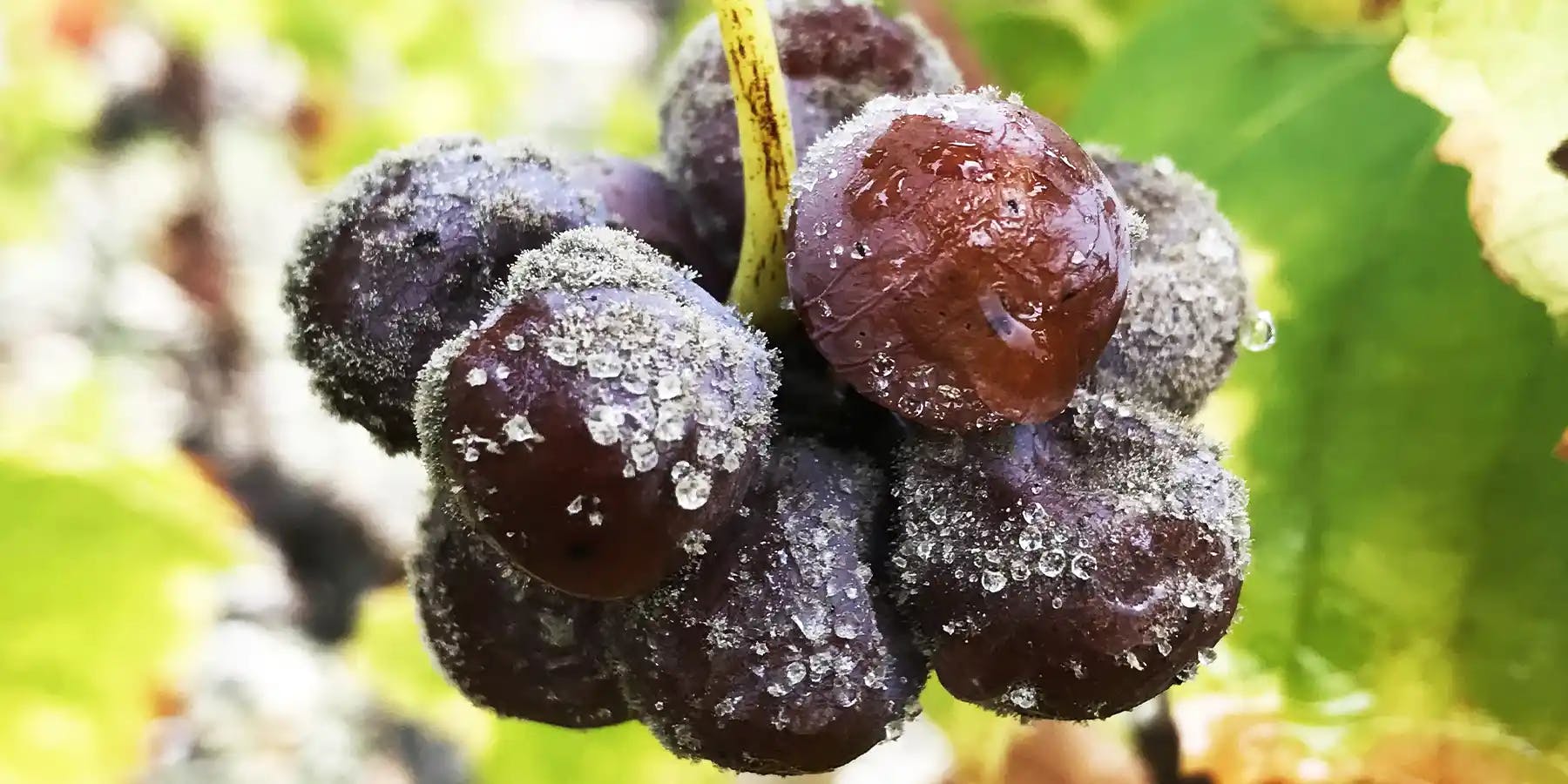- Wine world
Sauternes, gold in a bottle
- Thu, Feb 23, 2023 at 11:32

A region apart
Sauternes cultivates its difference by its location, far from most of the Bordeaux appellations. Located in the south of the Graves region, the area is bounded by the Garonne valley to the east and the Landes forest to the west and includes 5 communes: Barsac, Bommes, Fargues, Preignac and Sauternes. It has 2,000 hectares of vines and includes 240 producers. 2 AOCs are present in this area: Sauternes and Barsac. 26 Grands Crus are classified in the 1855 classification, with 11 Premier Crus and one Premier Cru Supérieur: Château Yquem.
A happy coincidence?
Two versions coexist on the origin of Sauternes: one tells that in 1836, a Bordeaux merchant of German origin waited for the end of long autumn rains to harvest his grapes. The grapes were very ripe and produced a very sweet wine. The other version explains that the Marquis de Lur-Saluce (owner of Yquem) was delayed by a hunt in Russia and gave the order to wait for his return before starting the harvest. He thus gave the Botrytis fungus time to develop and create the famous noble rot, which gives the wine its special taste. Legend or reality, the history of Sauternes is linked to the presence of Dutch merchants in this region. They were in great demand for white wine and directed the producers towards sweet white wines with residual sugar. From the 18th century onwards, noble rot was officially used and the grapes were harvested late and by successive selections, in order to obtain the ripest grapes possible. Thomas Jefferson, the future President of the United States, tasted this very different wine in 1741 and ordered 85 cases of 12 bottles from the Marquis de Lur-Saluce: the success of Sauternes was born.
A favourable nature, a subtle elixir
The identity of Sauternes also lies in its terroir: mainly made up of marl, clay and gravel in the form of croups, it gives a white colour to the soil and captures the sun's rays perfectly. Benefiting from a microclimate that favours the morning mists, held back above the vineyard by the Landes forest, the vines benefit from the mildness and warmth of the region during the rest of the day. The majority of the Sauternes grape variety is Semillon. Its thin skin allows a perfect development of botrytis, but it remains very fragile to the rain. It is a delicate and refined grape variety, which gives all the aromatic finesse to Sauternes. Sauvignon and Muscadelle are also added in small proportions. When tasted, the aromas of flowers and fruits are of a rare power and the Sauternes presents a complex and balanced bouquet. Apricot, roasted peach, pineapple, but also floral notes of lime blossom, mimosa and acacia... The explosion of flavours is unique, the palate is elegant and the ageing capacity... almost eternal.
At U'wine, we love Sauternes and we enjoy sharing this wine with our Members and on every occasion at the end of the tasting.
